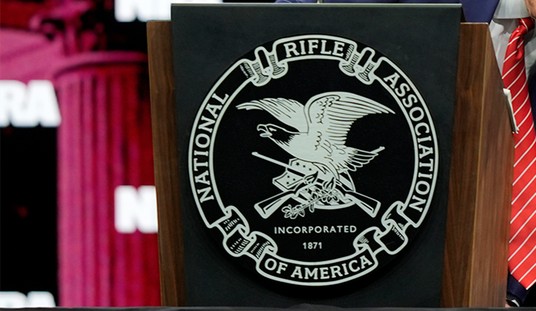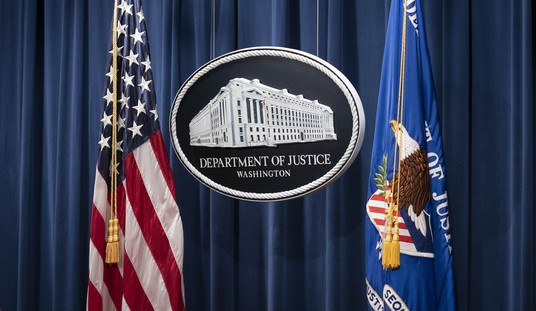Until a couple of years ago, the news media and those on social media were easily able to sensationalize the dirty side of policing. Incidents where police officers used force involving combative subjects, were– and still are–a point of contention. Bystanders would capture encounters between law enforcement and a suspect in an investigation on their cellphones, then give the video to the press or simply post it on social media themselves. The editors would cut the video and not show the entire incident, leaving out events leading up to the officer using force on a suspect.
The Rodney King incident and the subsequent Los Angeles riots in 1991 are a perfect example. Events leading up to the arrest of King were not caught on tape. The nation saw Rodney King getting struck with batons and kicked by several Los Angeles Police Department officers. There was no clarity as to what happened leading up to the incident, giving law enforcement a black eye. Those officers were acquitted, but the optics remained.
The media got a taste of what it is like to get a clip of police using force against a subject and the ratings it brings. It was like throwing chum to Jaws.
But now things are a bit different as more and more police departments require officers to wear body cameras.
Recently, in Fort Worth, Texas, the police department was dispatched to assist the Fort Worth Fire Department with two unconscious subjects. The fire department arrived first, and the medical personnel made contact with two men who were passed out in a breezeway. One of the subjects, later identified as Forrest Curry, became combative and started trying to punch the medics. When police arrived, Curry fled on foot. Approximately three blocks later, Curry tripped on a curb. Two officers were able to keep him on the ground and tried to handcuff him. Curry maintained a passive resistance posture, holding his arms and hands tucked under his body and would not comply with commands to place them behind his back. One of the officers followed a common training tactic that is applied when a subject begins passive resistance, which is to deliver a strike to a large muscle group. These are called distraction strikes. They’re designed to throw off an offenders O.O.D.A loop. They were unsuccessful, but it ultimately took five officers to get Curry into custody.
The entire incident, from the time Curry fled to his arrest, was approximately five minutes. A passerby in a car recorded about 45 seconds of the event. The time he captured so happened to be when the officer delivered the distracted strikes. Of course, the video was placed on social media, and a firestorm erupted.
The court of public opinion went wild and became the typical judge and jury. Before body cameras were required, law enforcement had little defense against these type of situations. The optics were terrible; it was the officer’s word against a short video clip.
Thankfully, the officers in Forth Worth were wearing body cameras and pushed for the footage to be released. That should be a clue to anyone who wants the truth.
Body cameras have become law enforcement’s best friend. False accusations against officers are not uncommon. There have been many Internal Affair complaints that have been lodged against officers, only to be unfounded upon review of the body camera footage. Officers are put in situations where force is used, non-lethal or lethal, and it looks terrible. Now, body cameras are the best way to show that the officer followed the law and departmental policy. Violence is not pretty, but sometimes it is necessary.
The public wanted more transparency for law enforcement agencies, and they deserve it. It’s great they have it now. The irony is the ACLU griped and moaned about officers needing body cameras for years so there would be more responsibility and transparency. Now, they are complaining about officers using them.
Sadly, people are only going to believe what they want. For instance, chances are they will click on the video that pops up on their Facebook feed that lasts less than a minute, instead of the article that shows the entire video and tells the truth. That is problematic, but it is a fact.
Law enforcement is a dirty, violent, fierce, savage, vicious and brutal job at times. The public was not aware just how much until the advent of cellphone cameras and now body cameras for law enforcement. Truth can be shocking, but that doesn’t make the facts any less accurate.
“We sleep soundly in our beds because rough men stand ready in the night to visit violence on those who would do us harm.”
The origins of this quote are not precisely known. It is speculated that George Orwell or Rudyard Kipling are responsible, attributing it to the military. But the use of body cameras for law enforcement tell the entire story, making this quote apply to the American police officer today.







Join the conversation as a VIP Member